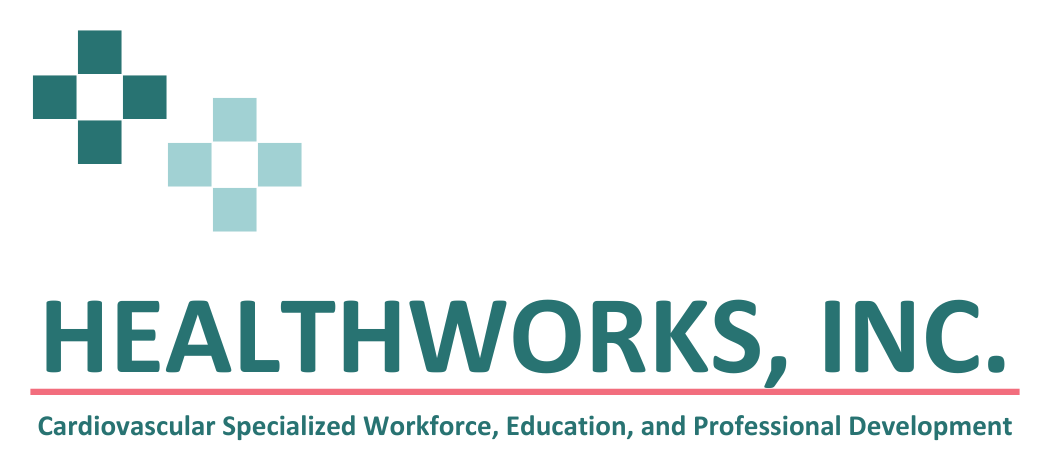
In any industry, especially healthcare, the ability to identify and recruit talented and qualified staff is only half the battle. Retaining that staff is a never-ending challenge that many healthcare facilities struggle with. Qualified healthcare professionals have become even more essential since the beginning of the pandemic, yet even more difficult to retain. Employee turnover in healthcare has reached a new high as overworked healthcare workers are opting for career changes. As more staff members quit, the remaining staff is overwhelmed that much more, and the staffing shortages continue to snowball into a vicious cycle. So how can organizations improve their employee retention in healthcare facilities?
Improve Recruiting and Onboarding
Start from the beginning. Improving your recruitment process will help you identify employees who are better fits and more likely to remain for the long term. Attracting these types of candidates will require offering a good salary, quality benefits, and a positive work environment. Offering employees benefits, such as paid vacation time that employees are actually encouraged to take, and an organized onboarding process will improve your ability to recruit qualified candidates. Once you get strong candidates in your facility, give your employees a reason to stay. Create attainable growth opportunities, continued healthcare education, and a clear path for development and promotion within your organization. Having strong cohesion between the administration and clinical team is paramount to retaining a pleasant working environment. This should begin with an onboarding process that ensures all employees and working together and on the same page.
Better Scheduling Practices
Staff shortages have made proper scheduling even more difficult for healthcare facilities. High patient numbers have created an overwhelmed workforce, leading to employee turnover. Some examples of strategies to make scheduling more favorable for your staff include:
-
Flexible Scheduling: Staggering start times, overlapping shifts, and job sharing allow staff to work more efficiently as a team and cover for each other in areas of need.
-
Self-Scheduling: Give employees the ability to work the shifts that are best for their work-life balance, creating more job satisfaction.
-
Data Analytics: Integrating workforce planning applications can help managers easily track and predict demand using data analytics to know where they need to increase staff or are likely to have surges in patients.
-
Partnering with reputable local staffing firms like Healthworks to fill in the staffing gaps, especially for STD, FMLA, WC, and vacation coverage. Healthworks offers Regional On-Call to ease the burden of OT and call commitment of existing staff.
Prevent Employee Burnout
Burnout might not seem like a real thing to some people, but the American Psychological Association defines it as a physical, emotional, and mental condition caused by overwork and stress. Few industries have experienced this over the last few years, more than healthcare workers, and it can have serious consequences like medical mistakes and increased employee turnover. The best way to prevent burnout is to address it head-on as an organization. Maintain adequate staffing and scheduling to avoid overworking, prepare your employees for the risk of burnout and keep them informed about signs and symptoms, focus on patient care instead of paperwork, improve technology to streamline processes, and take burnout seriously and treat it when an employee is struggling. Caring about your employees is more likely to keep them around.
Employee Engagement
Part of caring about your employees is engaging with them. Check-in on them regularly and make them feel valued and supported. Other helpful ways to boost engagement include, offering coaching and mentorship programs, encouraging continued healthcare education and certifications, and supporting employee-led initiatives. Part of remaining engaged with your employees is continuing to educate and reinforce proper procedures through ongoing training and communication. When you ensure staff competency and comfort, you’ll improve patient safety and satisfaction. The best way to learn what your employees need to remain happy, engaged, and successful is to ask them.
Improve Your Employee Retention in Healthcare
If you are looking for help with how to improve employee retention, Healthworks, Inc. is the leading solution for your cardiovascular service line. Healthworks, Inc. provides clinical staffing, education and training programs, and industry solutions to help you enhance your recruiting and retention of clinical employees and improve patient care. Contact us today to learn more about how we can help fill your staffing needs.



